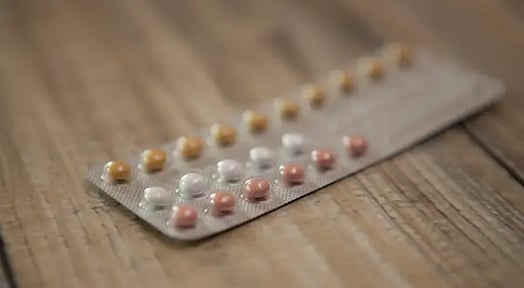Innovations in the women’s health industry have been somewhat stagnant in the past 20 years. Now, improvements in technology — buoyed by the promise of profits — are leading to a new wave of products and services.

Let’s talk about sex
At the height of its popularity in 1973, more than ⅓ of American women were taking the Pill. What wasn’t to love? It prevented pregnancies, regulated menstrual cycles, and cleared up acne.
But now only 22% of American women use oral contraception. That’s partly due to improvements in intrauterine devices, or IUDs. An IUD is good for about 5 years once it’s inserted into the uterus… meaning there’s no need to remember to take a daily pill or get a prescription refilled each month.
All of this has opened the door for ‘fem tech’
Women’s health is expected to be a $50B market by 2025, and venture capitalists want to get it on. In the second quarter of 2019, companies with this focus had raised $500m… and the burgeoning bioscience and technology movement dubbed “fem tech” is making some fascinating strides.
Beyond apps and direct-to-consumer services, there are vaginal microbiome products, non-hormonal birth control gels, lubricants for menopausal women who experience pain during sex, and hot-flash treatments.

